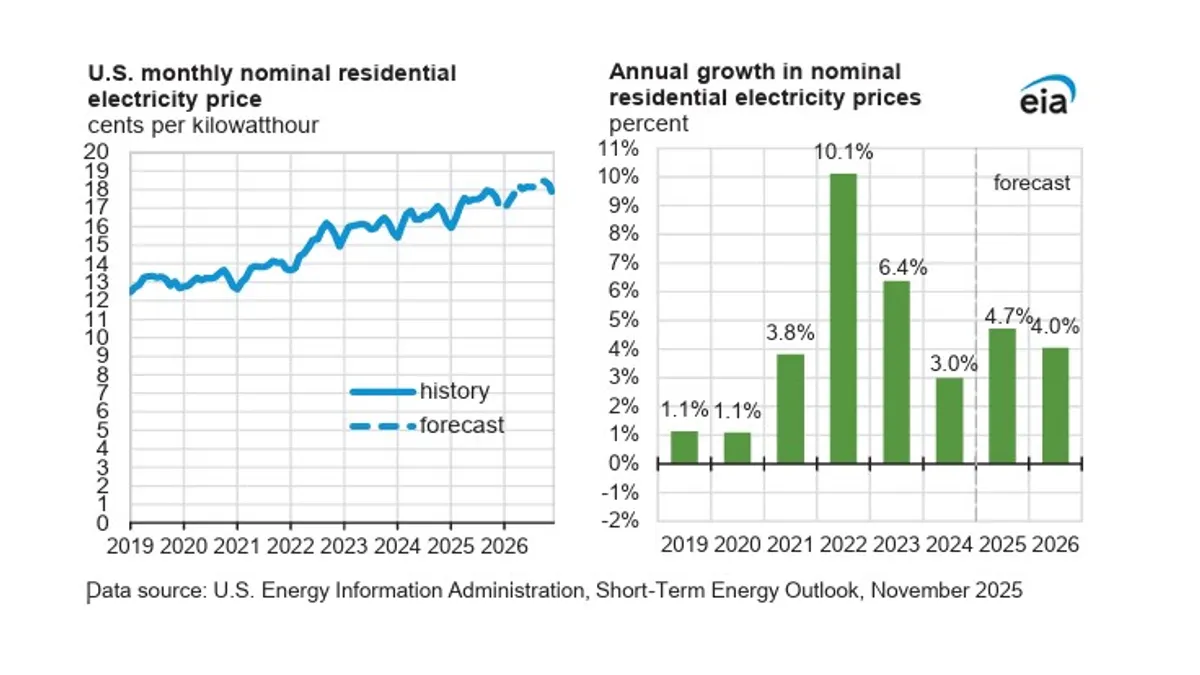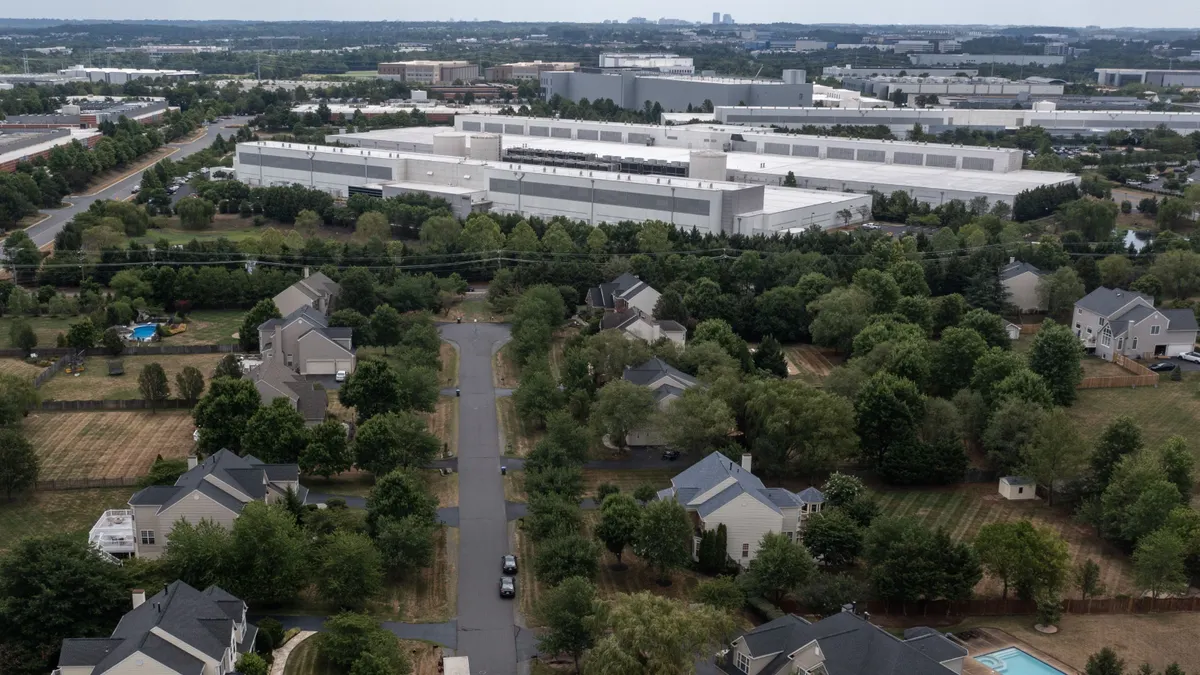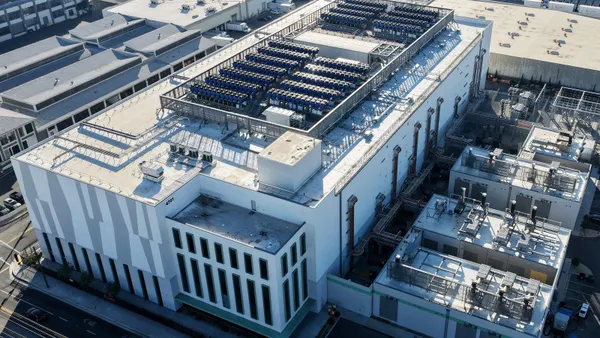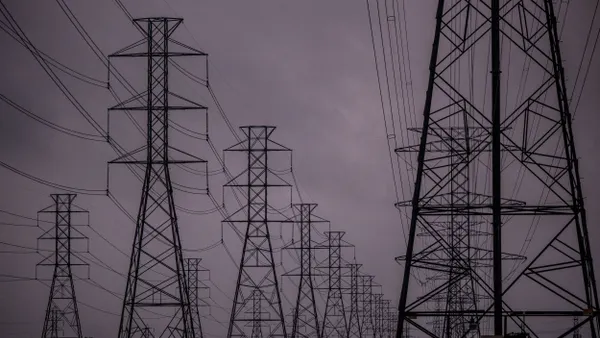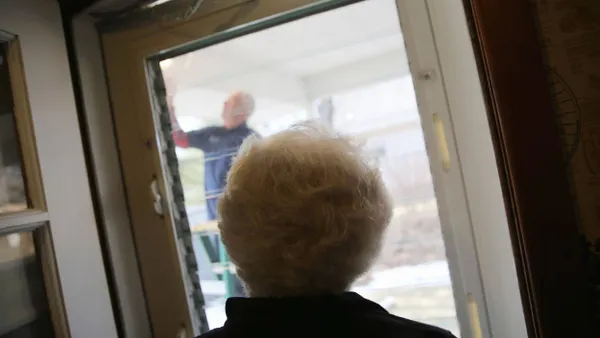Dive Brief:
- Global energy efficiency improvements above 2000 levels saved enough energy last year to power Japan for one year, according to new analysis from the International Energy Agency.
- As populations and economies grew energy demand would have risen 12% without improvements in the efficiency of IEA member companies. Much of the global improvement is credited to advances in China.
- But there is still much work to do, the report stresses: about two-thirds of economic efficiency potential remains untapped. For example, more than half of energy consumption from buildings being built today has no codes or standards applied to it, IEA said.
Dive Insight:
IEA's 2016 Energy Efficiency Market Report is a study in contrasts, highlighting both how much progress has been made but also the work remaining to be done. The driving force behind the efficiency gains, public policy, is an area where improvement is needed. In 2015, 30% of final energy demand globally was covered by mandatory efficiency policies, up from 11% in 2000.
"Plenty of scope exists for further improvements," the report says. Best-in-class standards on energy consuming equipment in all countries would have lowered residential energy consumption 14% last year.
"IEA analysis shows that policies to increase energy efficiency and decarbonise energy supply will be the major drivers of global reduction in emissions of key local air pollutants between now and 2040," the report said.
China is a major driver of global efficiency gains: Energy intensity there improved by 5.6% last year, IEA said, up
from an average of 3.1% per year over the previous decade. Primary energy demand increased by just 0.9% in 2015, the lowest growth rate since 1997, while the economy grew by 6.9% Without China's contribution, the global intenstity improvement would have only been 1.4% instead of 1.8%.
But the group warned that worldwide progress is "still too slow," and is putting global climate goals at risk. IEA's analysis showed annual energy intensity improvements need to rise to at least 2.6% "in a trajectory consistent with our climate goals"




